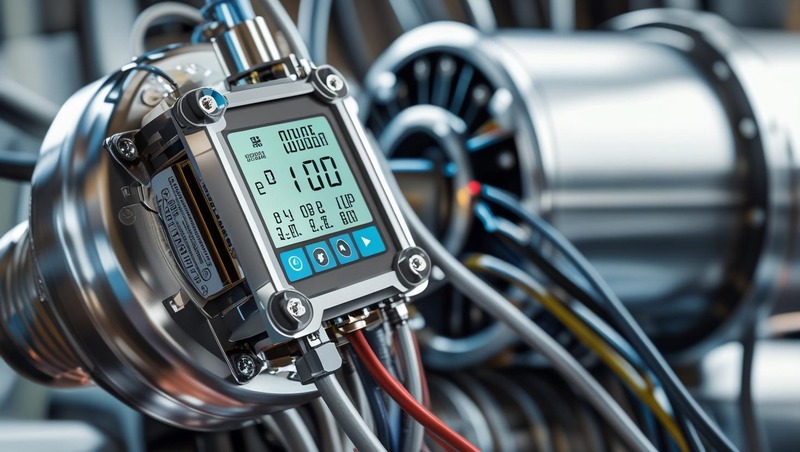The global absolute pressure transmitter market is witnessing strong growth momentum, fueled by increasing demand for precise pressure measurement, rising automation trends, and the widespread adoption of smart sensor technologies across various industries. As industrial systems become more digitized and data-driven, the need for highly accurate and reliable pressure monitoring solutions—especially in challenging environments—is driving the expansion of absolute pressure transmitter applications in sectors such as oil & gas, chemical processing, power generation, pharmaceuticals, food & beverage, and environmental monitoring.
One of the most significant growth opportunities lies in the increasing adoption of Industry 4.0 and Industrial Internet of Things (IIoT) solutions. In smart manufacturing environments, absolute pressure transmitters are being used not just for process monitoring but also for data analytics and condition-based maintenance. The integration of digital communication protocols such as HART, Modbus, and WirelessHART has enabled real-time data collection, remote configuration, and advanced diagnostics, making transmitters a core part of intelligent process control systems. As more facilities modernize their operations to embrace IIoT, demand for smart and connected pressure transmitters is expected to rise sharply.
Download PDF Brochure @ https://www.marketsandmarkets.com/pdfdownloadNew.asp?id=937

The energy sector presents another robust avenue for growth. With rising global energy needs and an ongoing transition toward more sustainable and efficient operations, absolute pressure transmitters are being increasingly deployed in oil & gas exploration, refining, natural gas processing, and renewable energy plants. These transmitters play a vital role in monitoring system pressure in pipelines, gas turbines, and steam boilers, where accurate pressure readings are essential for maintaining safety and optimizing output. As investment in energy infrastructure—particularly LNG and hydrogen projects—continues to grow, so too will the need for advanced pressure measurement solutions.
Environmental and regulatory compliance is also creating new demand for absolute pressure transmitters. Governments and environmental agencies across the globe are imposing stricter emission standards and safety regulations, especially in industries like petrochemicals, pharmaceuticals, and food processing. Absolute pressure transmitters are being used to ensure critical control over vacuum systems, barometric pressure monitoring, and leak detection applications, helping companies meet compliance standards while optimizing resource use and minimizing emissions.
The healthcare and life sciences industry is emerging as a fast-growing application area, driven by demand for sterile and accurate pressure measurement in processes such as drug manufacturing, biotechnology research, and medical equipment calibration. Absolute pressure transmitters are ideally suited for vacuum chambers, cleanrooms, and autoclaves where absolute reference pressure is essential to process integrity and patient safety. This trend is being amplified by the global focus on improving healthcare infrastructure and expanding pharmaceutical production capacities.
Technological advancements in sensor design, including miniaturization, enhanced temperature compensation, and ruggedized enclosures, are opening up new opportunities in harsh and compact environments. From aerospace systems and automotive testing to underwater research and semiconductor manufacturing, these innovations are allowing absolute pressure transmitters to operate with high precision in conditions where other sensor types may fail.
In conclusion, the global absolute pressure transmitter market is set to capitalize on a broad range of growth opportunities driven by industrial automation, digitalization, sustainability efforts, and the expansion of high-precision application domains. As industries seek smarter, safer, and more efficient solutions for pressure monitoring, absolute pressure transmitters will continue to play a critical role in shaping the future of advanced process control systems.
